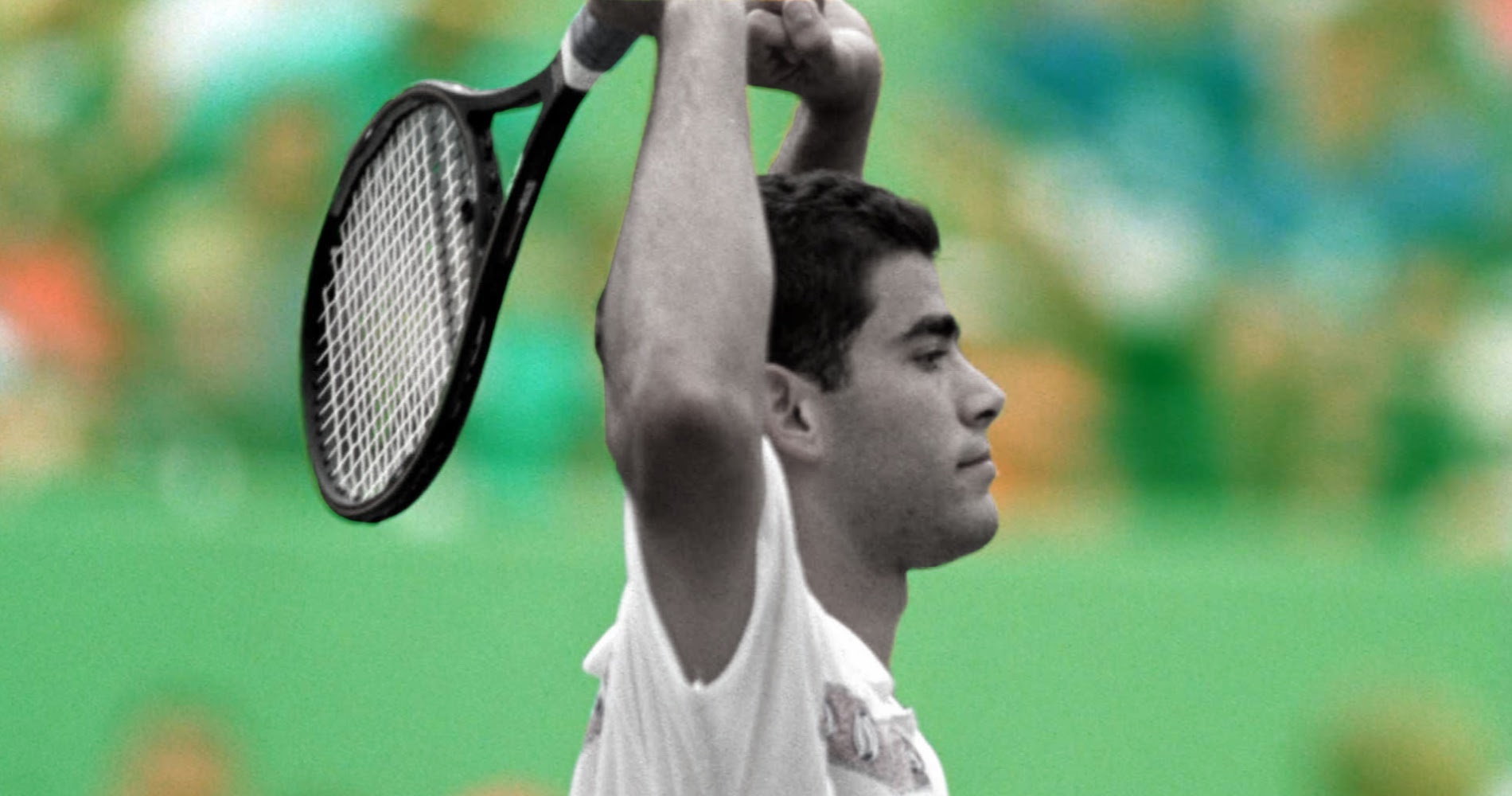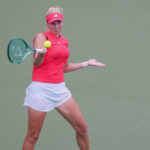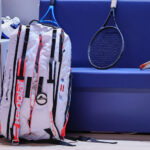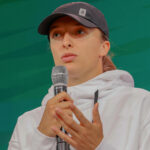May 15, 1994: The day Pete Sampras achieved his best ever result on clay
Every day, Tennis Majors takes you back in time to relive a tennis event which happened on this specific day. On May 15th, 1994, Pete Sampras achieved his best ever result on clay.
 Pete Sampras On this day
Pete Sampras On this day
What happened exactly on that day and why it is memorable in tennis history
On this day, the 15th of May, 1994, Pete Sampras claimed his most important title on clay at the Italian Open, delivering a great performance to defeat Boris Becker in the final, 6-1, 6-2, 6-2. Although clay was his weakest surface, this victory made him, for the first time, a serious contender for the Roland-Garros title. This would have meant he held the four Grand Slam titles simultaneously, having won the last three (Wimbledon and the US Open in 1993 and the Australian Open in 1994). This match was also a rare example of two players known for their offensive game facing each other in the final of such an important clay-court event. This title, conquered by Pistol Pete at the age of 22, would remain his biggest achievement on the red dirt.
The players involved: Pete Sampras and Boris Becker
- Pete Sampras, best in the world – but maybe not on clay
Pete Sampras was born in 1971. The American had collected his first Grand Slam crown at the 1990 US Open at the age of 19. In 1991 and 1992, he had suffered several big disappointments, such as losing his two matches in the 1991 Davis Cup final (against Henri Leconte and Guy Forget) and a painful loss to Stefan Edberg in the 1992 US Open final (3-6, 6-4,7-6, 6-2). He said later that this last defeat had made him realise he couldn’t be satisfied with being No 2. He became world No 1 on the 12th April, 1993, and despite a two-week interruption in July, he had been clearly above the pack since.
He claimed three Grand Slams in a row, a feat no one had achieved since Rod Laver in 1969: at Wimbledon he beat fellow American Jim Courier, 7-6, 7-6, 3-6, 6-3 and at the US Open, he crushed Frenchman Cédric Pioline, 6-4, 6-4, 6-3 in 1993, before beating American Todd Martin (7-6, 6-4, 6-4) to win the Australian Open at the start of 1994. Roland-Garros, where he had reached the quarter-finals twice, in 1992 and 1993, was the only Grand Slam title he hadn’t won. Just as John McEnroe and Stefan Edberg before, he was facing the challenge to prevail on clay with such an aggressive game. His major weapons were his massive serve, with a characteristic motion, great skills at the net and an amazing forehand which was even more dangerous when he was on the run.

- Boris Becker – just outside the top 10
Boris Becker was born in 1967. In 1985, the German became the youngest ever Wimbledon champion at the age of 17, edging out Kevin Curren of South Africa in the final (6-3, 6-7, 7-6, 6-4). In total, he would claim three titles at the All England Club, which was also the scene of his famous rivalry with Swede Stefan Edberg. Three times, the two men would face each other in the final, Becker winning only once, in 1989 (6-0, 7-6, 6-4), although he was way ahead in their overall meetings. His powerful serve, which he usually followed to the net, earned him the nickname “Boom Boom”. He was famous for his spectacular diving volleys, as well as for his dramatic play and emotional outbursts. His peak years were undoubtedly 1989 to 1991, during which time he claimed three Grand Slam titles and eventually reached world No 1 on the 28 January, 1991 after he had beaten Ivan Lendl (1-6, 6-4, 6-4, 6-4,) to pick up his first Australian Open crown. Becker then struggled in the next few years and in 1993, he even left the top 10 for the first time in eight years. In May 1994, he was ranked just outside of the top 10, no.13 in the world.
The place: Italian Open, Rome
The Italian Open had been held in Rome since 1935, at the Foro Italico, a massive sporting complex originally designed to support an Italian bid to host the 1940 Olympics. One of the Masters 1000 events, it is still one of the most prestigious clay-court tournaments in the world and is one of the most iconic settings in the tennis world. Both players had reached the semi-finals once before; Boris Becker as long ago as 1985, when he lost to Yannick Noah (6-3, 6-3) and Sampras in 1993, beaten by Goran Ivanisevic (7-6, 6-2).
The facts
At the 1994 Italian Open, with so many clay-court specialists in the draw, including Jim Courier and Thomas Muster, a final between two players like Sampras and Becker was hugely unexpected. Although the American was dominating the game at the time and had claimed six trophies already in 1994, his record on clay was not as impressive; he had only won one minor tournament in 1992 in Kitzbühel, and he had reached the quarter-finals twice at the French Open, in 1992 and 1993. Becker, who had been world No 1 and had already won five Grand Slam tournaments, had never won a trophy on this surface. Still, with his serve and volley game, the German had reached the Roland-Garros semi-finals three times and at his best, was dangerous on any surface.
With two players on their least favourite surface, the pundits had to rely on their last results to predict the outcome. And these were quite clear. Sampras was in his prime, undisputed world No 1, maybe about to win his fourth straight Grand Slam title while his opponent seemed to be declining, three years after his last major title in Australia. Furthermore, the American had won their last three encounters, most recently in the 1993 Wimbledon semi-final (7-6, 6-4, 6-4). Nonetheless, Becker believed in his chances, telling the journalists he was not facing “Superman”.
That day, the audience didn’t witness a typical clay-court baseline grinding contest. Serve and volley, passing shots, the two players didn’t intend to change their usual strategy to fit the surface. At this game, Sampras proved to be better. He broke first, firing a backhand passing shot, followed by two return winners. He went on to produce a hugely impressive performance and totally outplayed Becker in all areas of the game, sealing victory with a last slam dunk of his own, in less than two hours, 6-1, 6-2, 6-2. The clay court curse continued to follow the German.
“He plays like a 21st century player. He does things I’ve never seen on a tennis court before. I can only compare him to the greatest players of all time. He just destroyed me,” Becker said, according to Eurosport.
Sampras simply explained: “I made very few mistakes and I took control early on. Boris could not set up his plan or find any rhythm.”
With this first important title on red dirt, Pistol Pete could aim high for Roland-Garros. Was he going to be the first since Rod Laver to win not three, but four Grand Slams in a row? “I have to consider myself as one of the favourites. But there are many others, like (Sergi) Bruguera or (Andrei) Medvedev.”
What was next
Sampras would not win the French Open in 1994. After a convincing start, he would fall in the quarter-finals to Courier (6-4, 5-7, 6-4, 6-4). The world No 1 would be proven right in naming Bruguera as another favourite as the Spaniard would indeed claim the title for the second time in a row.
Although it was hard to imagine at the time, Sampras would not only never win Roland-Garros, but the Rome title would be his second and last title ever on European clay. His best performance in Paris would be reaching the semi-finals in 1996, a few months after the death of his coach Tim Gullikson. Although it would end brutally with a heavy loss against Yevgeny Kafelnikov (7-6, 6-0, 6-2), his performance that year would be remembered after he won three five-set thrillers to upset such great players as Bruguera, Martin and Courier.
Sampras would end up with a total of 14 Grand Slam titles, a record at the time. He would hold a record of 286 weeks as world No 1, also a record at the time, and he would also finish as world No 1 six years in a row between 1993 and 1998, a record which not even Roger Federer would manage to break.
Becker would not participate in Roland-Garros in 1994. He would reach the semi-finals at Wimbledon, where he was defeated by Goran Ivanisevic (7-6, 6-2, 6-4) and achieve a rare feat later that year in Stockholm, beating the three best players in the world on the way to the title; Michael Stich (No 3, 7-6, 6-3), Sampras (No 1, 6-4, 6-4) and Ivanisevic (No 2, 4-6, 6-4, 6-3, 7-6).
He would climb back to world No 3 at the end of the year. Becker would win his sixth and last Grand Slam crown at the 1996 Australian Open, defeating Michael Chang in the final (6-2 6-4 2-6 6-4) before declining until his retirement, in 1999. Despite two match points in the 1995 Monte Carlo final against Thomas Muster, “Boom Boom” would never lift a trophy on clay.
Legendary match
Two and half years after this encounter in Rome, Sampras and Becker would face each other in the final of the Masters Cup in Hanover. The match they delivered that day is considered as one of the greatest of all time, Sampras eventually prevailing 3-6, 7-6, 7-6, 6-7, 6-4.






